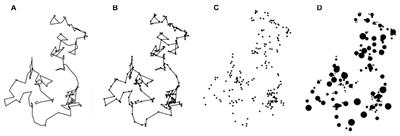EDITORIAL
Published on 06 Oct 2022
Editorial: Biophilic design rationale: Theory, methods, and applications
doi 10.3389/fpsyg.2022.978689
- 3,375 views
- 2 citations
22k
Total downloads
138k
Total views and downloads
EDITORIAL
Published on 06 Oct 2022
SYSTEMATIC REVIEW
Published on 27 May 2022

ORIGINAL RESEARCH
Published on 27 Sep 2021

ORIGINAL RESEARCH
Published on 17 Sep 2021

MINI REVIEW
Published on 09 Sep 2021
ORIGINAL RESEARCH
Published on 17 Aug 2021

ORIGINAL RESEARCH
Published on 17 Aug 2021

REVIEW
Published on 21 Jul 2021
